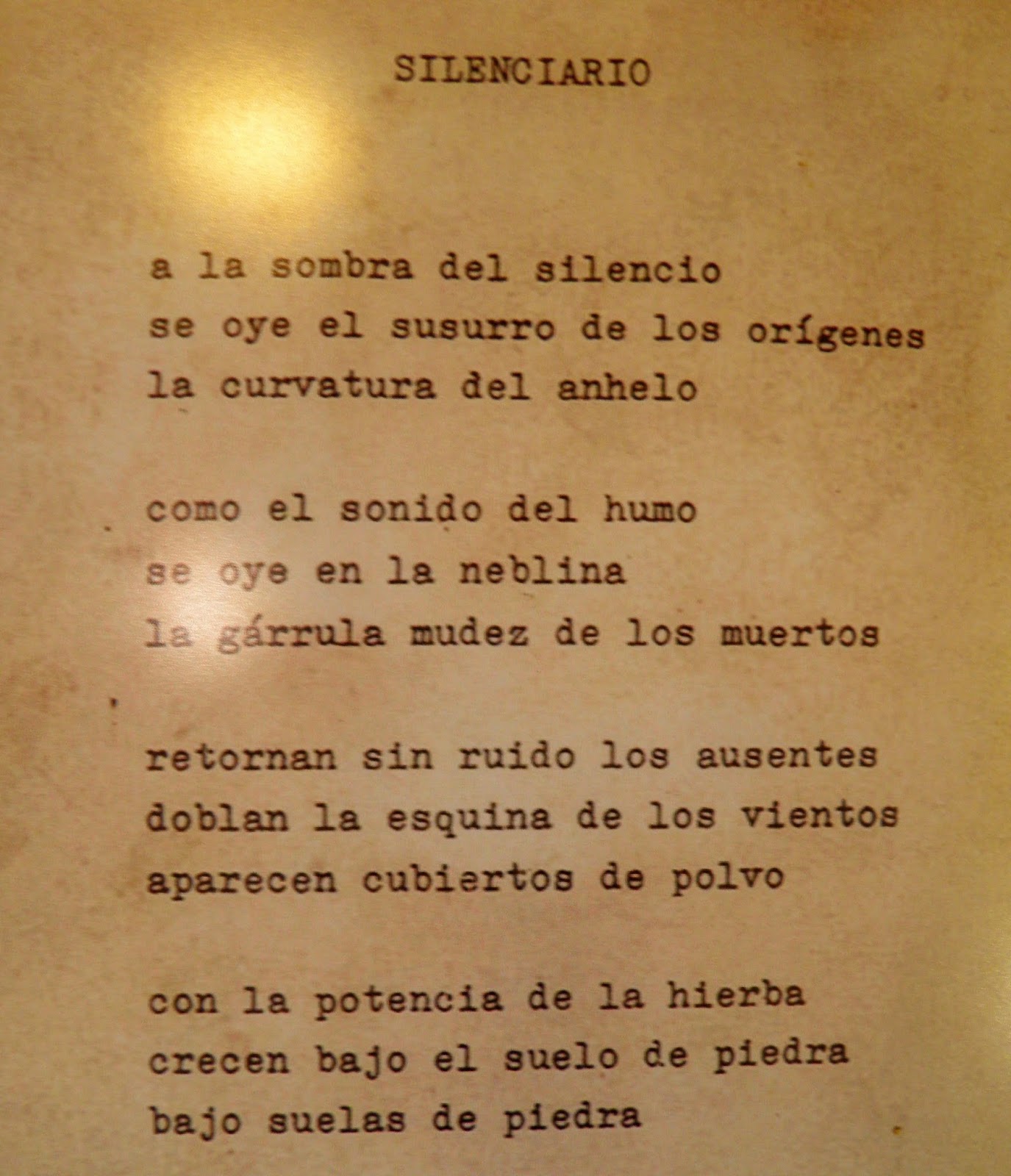Montevideo es una ciudad hermosa, con su larga costa sobre el Río de la Plata. Los mejores barrios tienen playas de arenas blancas y aguas “color león”. No tiene pretensiones, pero está llena de cultura y de historia (tan unida a la de Argentina y Brasil) y vale la pena conocerla.
Primer día
9:00 am – Desayuno completo en La Farmacia CaféLos dueños de este lugar tuvieron el
buen tino de dejar intactas las paredes, cubiertas con los armarios de una
antigua farmacia que aún contienen frascos de vidrio etiquetados. En el
mostrador, un frasco que dice “Escamas Naftalina” contiene unas tentadoras cookies.
Puede pedir un delicioso Capuchino Frappé acompañado por salado o dulce, pero
la carrot cake es especialmente deliciosa.
Aquí nació la ciudad. Vaya al
Mercado del Puerto, inaugurado en 1868, y observe las preparaciones del asado,
la comida típica por excelencia, distintos cortes de carne, chorizos, morcillas
y coloridos pinchos con morrones, cebollas y tomates.








































